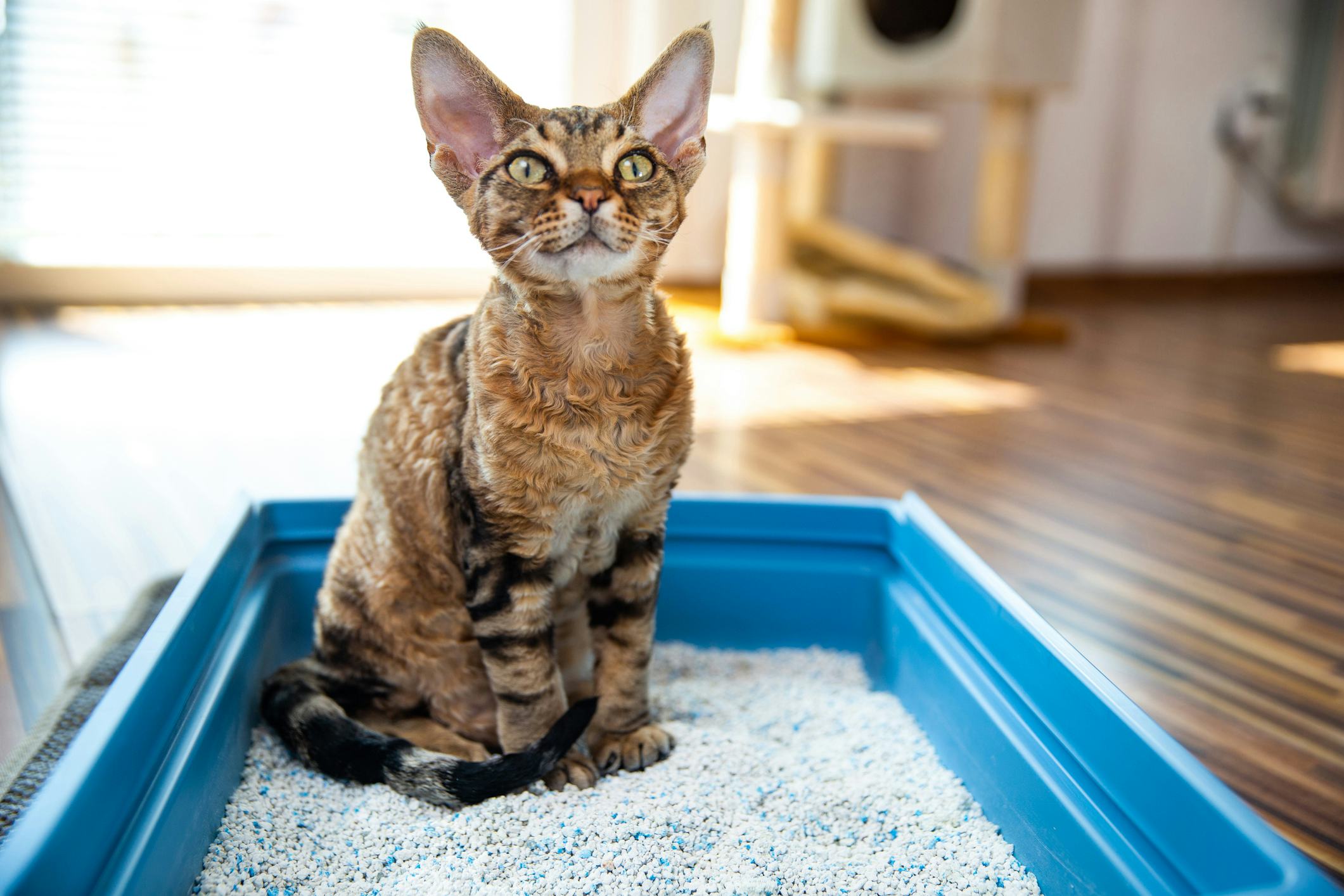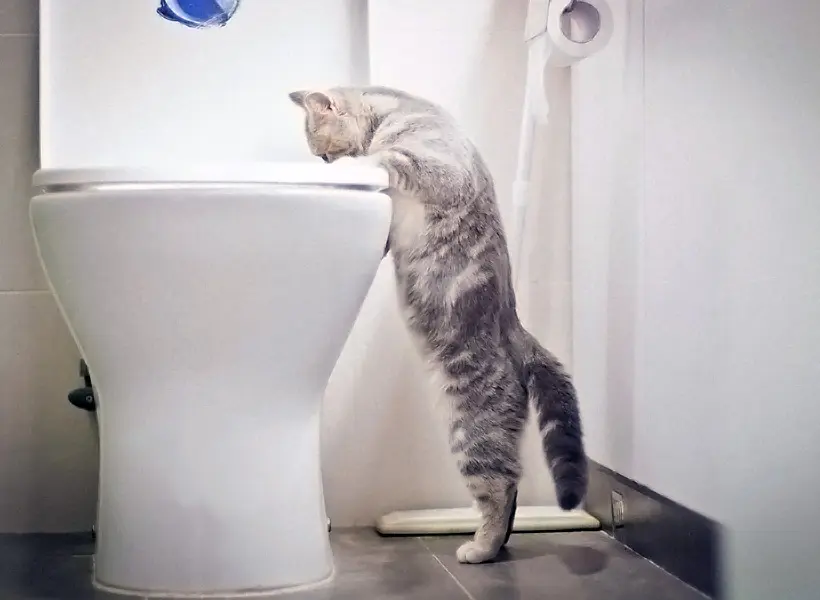Why Flushing Cat Poop Down Your Toilet Can Cause Problems - Tips for Proper Handling
Why Flushing Cat Poop Down Your Toilet Can Cause Problems - Tips for Proper Handling
Blog Article
This great article in the next paragraphs involving Can You Flush Cat Poo or Litter Down the Toilet? is incredibly entertaining. Don't bypass it.

Intro
As pet cat proprietors, it's important to bear in mind exactly how we dispose of our feline buddies' waste. While it may seem hassle-free to flush feline poop down the commode, this method can have harmful repercussions for both the atmosphere and human health and wellness.
Environmental Impact
Flushing pet cat poop introduces unsafe pathogens and bloodsuckers into the supply of water, presenting a significant threat to marine environments. These contaminants can negatively impact aquatic life and compromise water quality.
Health Risks
In addition to environmental concerns, purging pet cat waste can also pose wellness threats to humans. Cat feces might contain Toxoplasma gondii, a bloodsucker that can create toxoplasmosis-- a potentially serious disease, specifically for pregnant females and people with damaged body immune systems.
Alternatives to Flushing
Fortunately, there are safer and much more accountable ways to get rid of feline poop. Think about the adhering to alternatives:
1. Scoop and Dispose in Trash
The most common method of disposing of pet cat poop is to scoop it right into an eco-friendly bag and toss it in the trash. Make sure to make use of a specialized clutter inside story and get rid of the waste immediately.
2. Usage Biodegradable Litter
Opt for eco-friendly pet cat trash made from materials such as corn or wheat. These litters are environmentally friendly and can be safely disposed of in the garbage.
3. Bury in the Yard
If you have a lawn, think about hiding feline waste in a marked area far from veggie yards and water resources. Make certain to dig deep sufficient to stop contamination of groundwater.
4. Mount a Pet Waste Disposal System
Buy a pet garbage disposal system particularly designed for cat waste. These systems use enzymes to break down the waste, decreasing smell and ecological influence.
Conclusion
Accountable family pet possession extends past providing food and shelter-- it additionally entails correct waste monitoring. By avoiding purging cat poop down the bathroom and going with different disposal techniques, we can reduce our ecological footprint and protect human wellness.
Why You Should Never Flush Cat Poop Down the Toilet
A rose by any other name might smell as sweet, but not all poop is created equal. Toilets, and our sewage systems, are designed for human excrement, not animal waste. It might seem like it couldn’t hurt to toss cat feces into the loo, but it’s not a good idea to flush cat poop in the toilet.
First and foremost, assuming your cat uses a litter box, any waste is going to have litter on it. And even the smallest amount of litter can wreak havoc on plumbing.
Over time, small amounts build up, filling up your septic system. Most litter sold today is clumping; it is made from a type of clay that hardens when it gets wet. Ever tried to scrape old clumps from the bottom of a litter box? You know just how cement-hard it can get!
Now imagine just a small clump of that stuck in your pipes. A simple de-clogger like Drano isn’t going to cut it. And that means it’s going to cost you big time to fix it.
Parasitic Contamination
Believe it or not, your healthy kitty may be harboring a nasty parasite. Only cats excrete Toxoplasma in their feces. Yet it rarely causes serious health issues in the cats that are infected. Most people will be fine too if infected. Only pregnant women and people with compromised immune systems are at risk. (If you’ve ever heard how women who are expecting are excused from litter cleaning duty, Toxoplasma is why.)
But other animals may have a problem if infected with the parasite. And human water treatment systems aren’t designed to handle it. As a result, the systems don’t remove the parasite before discharging wastewater into local waterways. Fish, shellfish, and other marine life — otters in particular — are susceptible to toxoplasma. If exposed, most will end up with brain damage and many will die.
Depending on the species of fish, they may end up on someone’s fish hook and, ultimately on someone’s dinner plate. If that someone has a chronic illness, they’re at risk.
Skip the Toilet Training
We know there are folks out there who like to toilet train their cats. And we give them props, it takes a lot of work. But thanks to the toxoplasma, it’s not a good idea.

As a reader about How to Dispose of Cat Poop and Litter Without Plastic Bags, I thought sharing that chunk was a great idea. Make sure you set aside a second to share this blog post if you enjoyed reading it. Thank you for your time invested reading it.
Book With Us Today! Report this page